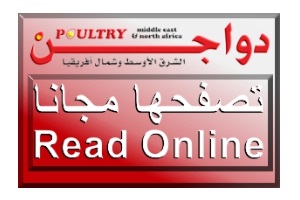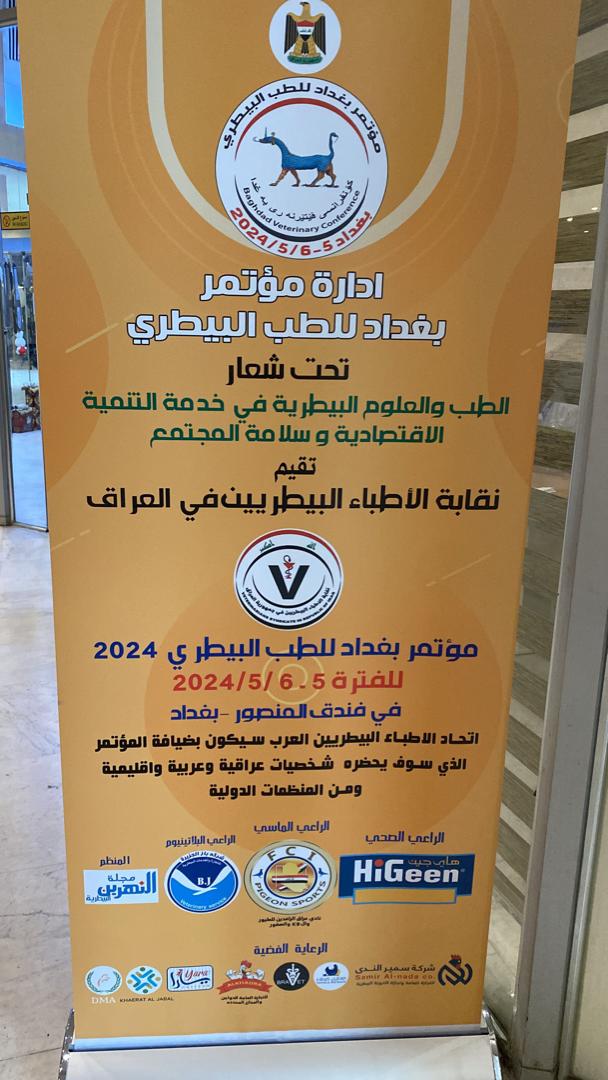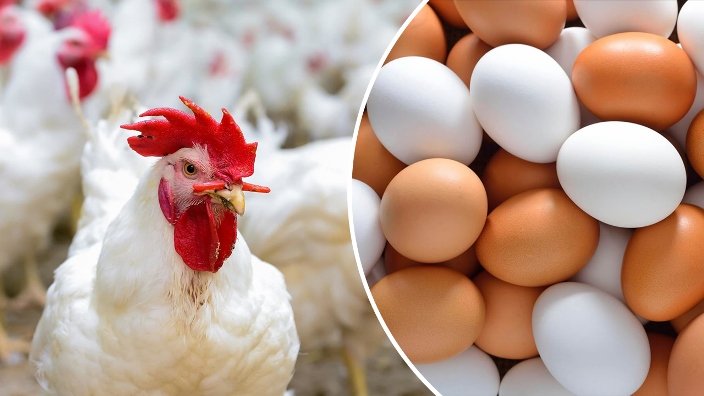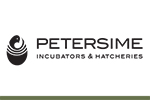Our mission is to breed and sell layers that are capable of laying 500 top quality eggs per hen housed, without compromising on egg quality. This will be achieved through continuous improvement of the lay persistence for a prolonged production cycle, in order to produce higher earnings for egg producers: higher earnings are obtained if more eggs are produced with a flock and flocks are replaced less often.
To achieve our breeding goal, we continuously improve the lay persistence for a prolonged production cycle of a large pure line gene pool of Hisex, Bovans, Dekalb, Isa, Shaver and Babcock.
In addition, we are seeing longer laying cycles for layer parent stock and commercial layers.
During the last few decades the genetic improvement for egg production has been significant. In layer parent stock the genetic improvement was 0.5 to 1.0 day old chicks per breeder per year. This is a combination of genetic improvement and a longer laying cycle, increasing from 64 to 68 weeks, which results in an improvement of 15 – 20 day old chicks per breeder female since the 1980's.
For the commercial layers the genetic improvement is approximately 2.5 eggs per year.Together with the extension of the laying cycle from 68 to 75 weeks of age, this results in 70more eggs in the last two decades. It is clear that this increase is realized by a combination ofimproved genetics, management, nutrition and disease prevention. For the next 5 years ISAexpects this development will continue: more genetic improvement and longer productioncycles. Around 2020 the parent stock will produce about 120 day old chicks and thecommercial layers will produce about 500 first quality eggs in a production cycle of 100 weeks without molting. We now already see flocks who reach 500 eggs in aviary systems.
The results of the recently published North Caroline Random Sample Test proof that we are on the right track. The report regarding the first cycle of the 39th North Carolina RST has been published recently. The results of the USA Layer Performance and Management Test shows excellent performance and competitiveness of Hendrix Genetics layer products, both technical and economical.
In this technical comparison many commercial white and brown breeds have been compared. The breeding companies delivered hatching eggs from their Parent Stock flocks on the same day to the Piedmont North Carolina research institute. All breeds were hatched and reared together under the same conditions, and later housed under comparable circumstances with the same management. All the important technical and economic data was collected per breed and per housing system. This report summarizes the first cycle until 69 weeks of age for the traditional cages. In the table the comparison is made between Hendrix Genetics and non-Hendrix Genetics breeds, both for white and brown products. For white breeds there were 5 Hendrix products against 7 competitors and for brown breeds 2 Hendrix products against 6 competitors. The results show us that we are on the right track and it’s a matter of time that flocks reach 500 first quality eggs.
The table below shows the differences for the main traits. The Hendrix Genetics White products produced in average 9,3 eggs per hen housed more, with a 1,8% better livability. The Hendrix products were most efficient in feed conversion, on average 4 points better. The result is that the Hendrix Genetics white products has a +$ 1.00 egg income minus feed costs. Very substantial number taking into account the current big flock sizes.
The Hendrix Genetics Brown products produced on average 5 eggs per hen housed more, with a 0.4% better livability. The similar feed intake and the bigger egg size resulted in a much better feed conversion for the Hendrix products. FCR 2.00 versus 2.08. The economical calculation, egg income minus feed costs was $ 1.18 per bird better for the Brown breeds of Hendrix Genetics.
The 39th North Carolina RST in the USA shows very promising results and the excellent performance in both technical and economic competitiveness of the layer products of Hendrix Genetics.
Hendrix Genetics products vs. Competition
USA Random Sample Test North Carolina 2015 - cages














 مؤتمر بغداد للطب البيطري ٢٠٢٤
مؤتمر بغداد للطب البيطري ٢٠٢٤

 ما هي اكبر الدول العربية انتاجاً للدّواجن؟
ما هي اكبر الدول العربية انتاجاً للدّواجن؟ شروط من قبل الحكومة العراقية لاستيراد البيض وذلك لدعم المنتج المحلي
شروط من قبل الحكومة العراقية لاستيراد البيض وذلك لدعم المنتج المحلي









